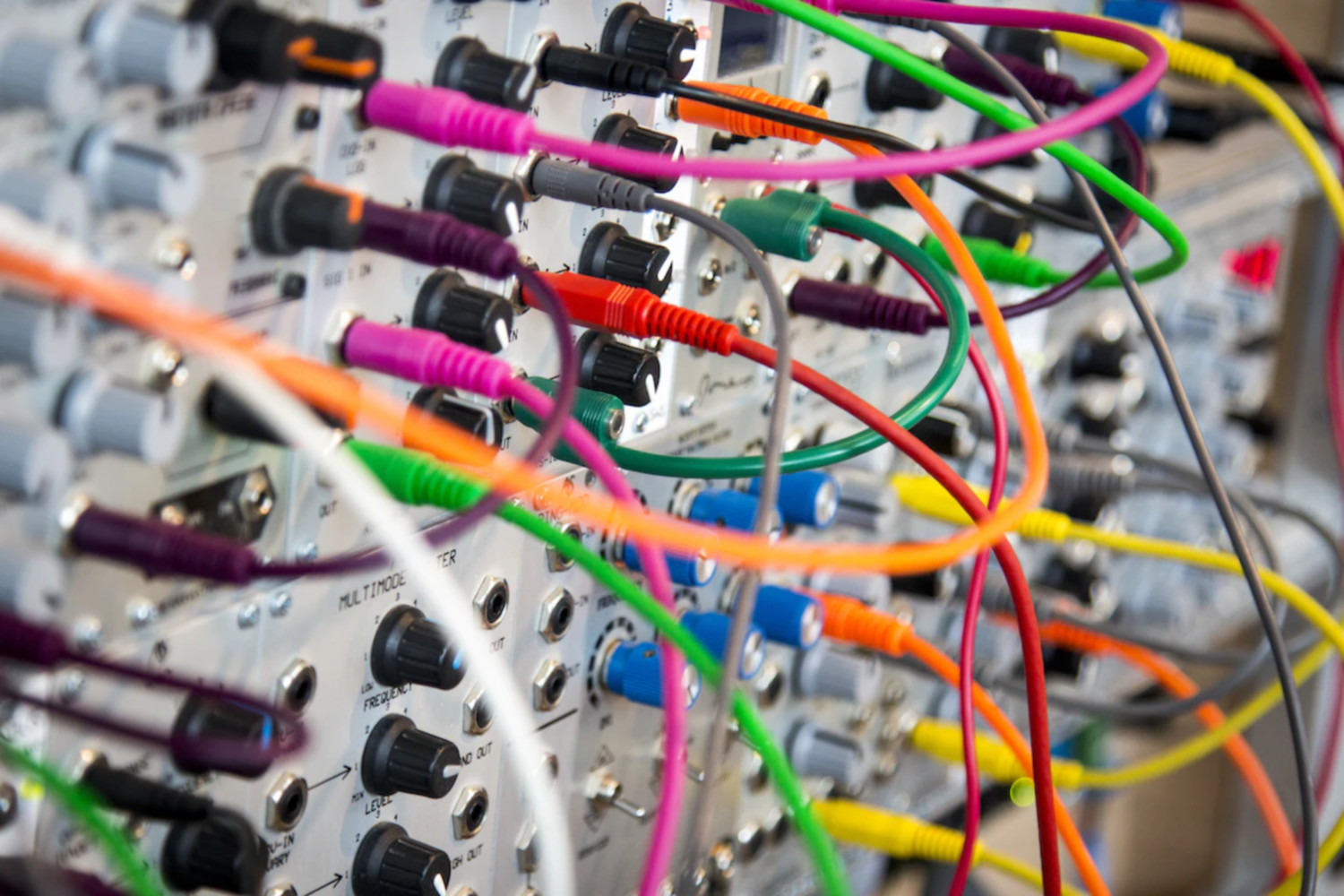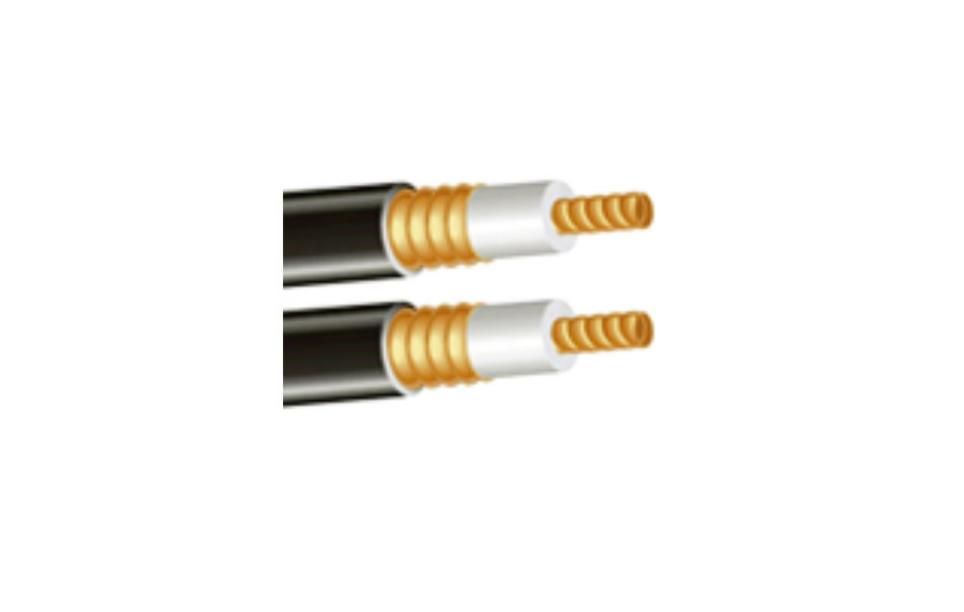Table of Contents |
Electrical cables comprise the core of any electrical installation. We can compare them, in a way, to our very own circulatory system (made of arteries and veins). Blood runs through our vessels much like electricity runs through cables. There are periods of average performance and peaks of intense demand – in both cases, the system must persist without taking damage.
If we aim toward a healthier lifestyle, we can adopt some preventive strategies to boost our lifespan. Analogously, if we want our installations to persevere over time, there are some critical guidelines we must adhere to. These practices will extend a cable’s lifespan, reduce downtimes, promote safety and compliance, and increase the overall performance of our projects.
Different Cable Kinds
Cables are the power vessels in virtually all kinds of electrical installations. Ever since their invention in 1882 at the hands of Thomas Edison, electrical cables have undergone an extensive journey. These constant changes and new builds resulted in a wide selection of different cables, each with a particular strength:
Aluminum Cables
Aluminum is a very versatile and robust material. Like copper, aluminum grants low resistance and excellent conductivity while still being ductile and resistant to corrosion. Aluminum is one of the most easily recyclable materials, offering a much better conductivity-to-weight ratio than copper – not to mention it’s much more affordable.
Aluminum cables excel at long-distance projects, such as power grids, local power distribution lines, overhead power transmission lines, and even airplanes. On the other hand, aluminum is not as strong as other materials, and it doesn’t offer abrasion resistance, meaning it’s susceptible to friction, wear, and tear.
Copper Cables
Second only to silver, copper has one of the highest conductivity values among metal conductors. In mechanical terms, copper cables feature a high tensile strength (referring to the force required in stretching and bending before it breaks).
Copper is regarded as the champion among conductors. It excels at integrated circuits, electrical switches, electrical bus bars, automotive, and small-scale power distribution – as well as any project requiring high conductivity and heat resistance over shorter distances.
On the downside, copper cables lose value in long-distance applications and data transmission due to the generated EMI (electromagnetic interference).
Industrial Cables
As the name implies, industrial cables have a tailormade frame for industrial applications, plants, and factories. These cables can endure extreme heat and deliver a neutral reaction to some outer elements such as oil, grease, corrosive chemicals, and even flames.
Such a sturdy build makes them ideal for off-shore oil platforms, on-shore oil refineries, pharmaceutical companies, aviation garages, and chemical plants.
Optical Fiber Cables
Instead of electrical pulses, optical fiber cables use light pulses to transmit information, which enables them to deliver bandwidth hundreds of times better and faster. Depending on the material, cable diameter, and amount of wavelengths that can travel through the cables, we can categorize them into three groups:
- Single-Mode Fiber: allows only a single wavelength to travel through its 8.3-micron diameter, ideal for network connections over long distances.
- Multi-Mode Fiber: allows multiple pathways and wavelengths to travel through a larger diameter (50.0-62.5 microns), making them a better suit for short-distance applications.
- Plastic Optical Fiber: features the broadest diameter (1mm) and the highest number of wavelengths to travel through the cable (losing precision and accuracy). They’re a viable option that combines affordability and lower-speed performance over short distances.
On the bright side, optical fiber cables feature affordability, lightweight, high carrying capacity, and longer lifespan. On the downside, we can find low power, extreme fragility, and the need for signal-boosting repeaters over long distances.
How To Extend Electric Cables Life?
Choose An Effective Approach
Work smarter, not harder. Take your time to choose the best cables for your project. Factor in all the open variables, such as ambient temperature, tensile strength, safety protocols, current carrying capacity, average performance, and peak performance. Lastly, schedule continuous education on maintenance, material limitations, and identification of preventive signs of failure.
Prevent Damage
Handle with care. Knowing the cable’s tech specs (specifically mechanical ones) will ensure you and your technicians don’t accidentally bend, kink, twist, crush or stress the conductors and jackets during the installation. When in doubt, always consult with the manufacturer’s manual. Lastly, if you suspect the cable’s integrity has been exposed, replace that segment or restart the entire procedure with new hardware.
Make Cable Reel Adjustments
After a successful installation, there are some tweaks and tricks you can perform to further extend the lifespan of your electric cables. Keep an eye on the cable’s tension from time to time, and check for temperature variations, voltage drops, and power surges. Physically, you can prevent backspooling by making a tie on your cables, and reversing the ends can protect one of them from prolonged exposure to the elements.
Make Repairs On Time
Accidents happen, but we can’t rest upon them. Make sure you always have a stock of spare cables, conductors, jackets, and tools to replace damaged or obliterated cables. Schedule regular inspections and preventive maintenance tasks to repair things before they cause real damage or extensive downtime. Lastly, if you notice anything suspicious or your readings show a decrease in performance, remove all the cables from that segment before they become a safety issue.
CHINT Cables
CHINT Power Cables
CHINT offers these power cables in a wide range of rated voltage from 0.6/1.0kV to 26/35kV, available in more than 20 different models made of either aluminum or copper conductors. Other features include:
- Flame-retardance: Four levels
- Fire-resistance: YES
- Insulation: XLPE (Cross-Linked Polyethylene)
- Sheathing: PVC
- Inner-sheathing: Polyolefin or Polyethylene
- Cable armor: Three levels
- Outer covering: PVC or Polyethylene
Under normal parameters, the conductor can reach a max temperature of 90℃. Under short-circuit scenarios (no more than 5 seconds), the temperature can reach 250℃.
CHINT Pre-fabricated Branch Cables
Inspired by the rampant growth in civil construction and the increasing complexity of large building projects, CHINT developed these pre-fabricated branch cables with a wide range of rated voltage.
Available in 6 different models, all cables feature a copper core, either PVC or XLPE insulation, and PVC sheathing (except the WDZa-FZYJY, which comes with polyethylene sheathing). Other features include:
- No connector on cable conductor, providing better continuity and reducing failure point;
- Small contact resistance on branch connector structure, keeping the contact resistance from increasing due to copper oxidization in the air;
- High moisture and fire resistance, ensuring a 90-min power supply when under a fire event.
You can decrease building site costs, shorten construction cycles, and enhance the project’s reliability. These cables are ideal for factories, stadiums, roads, industrial plants, skyscrapers, tunnel construction, and lightning.
Conclusion
Faulty installations, lack of maintenance, or below-average cables could lead to the downfall of your entire electrical project. Combining everything you’ve learned with us with the superior quality of CHINT power cables means your electrical applications will be flawless and persist throughout the march of time.















